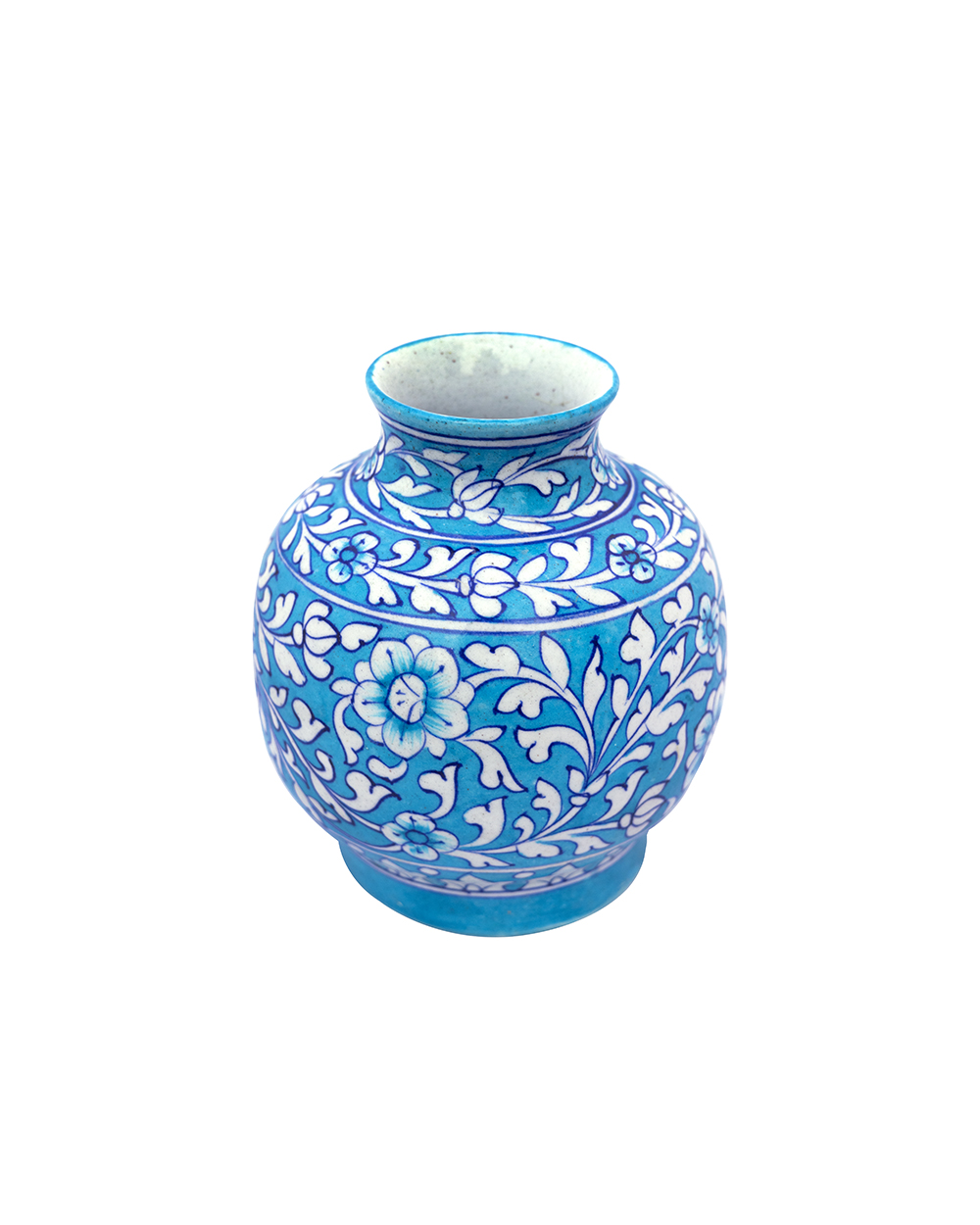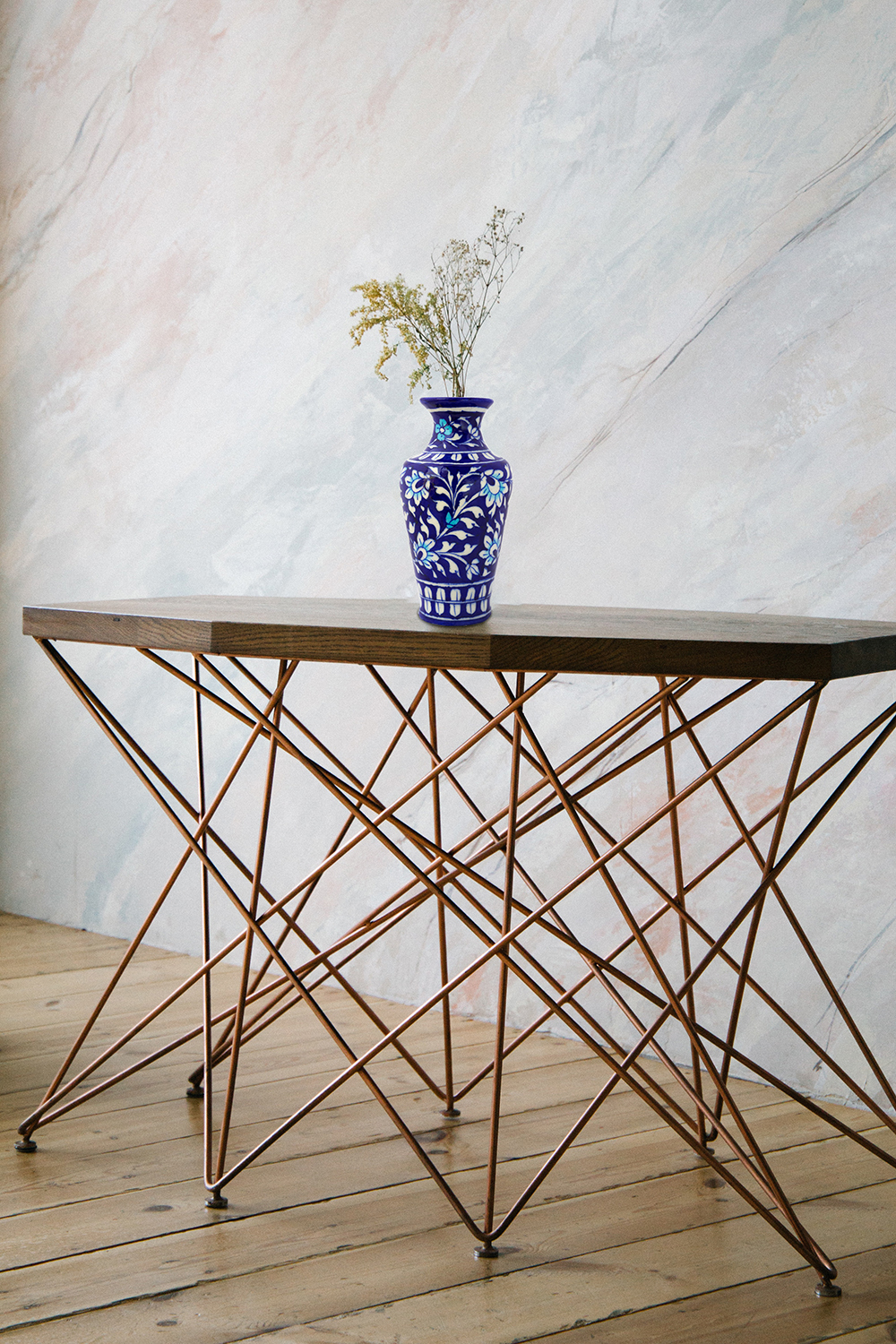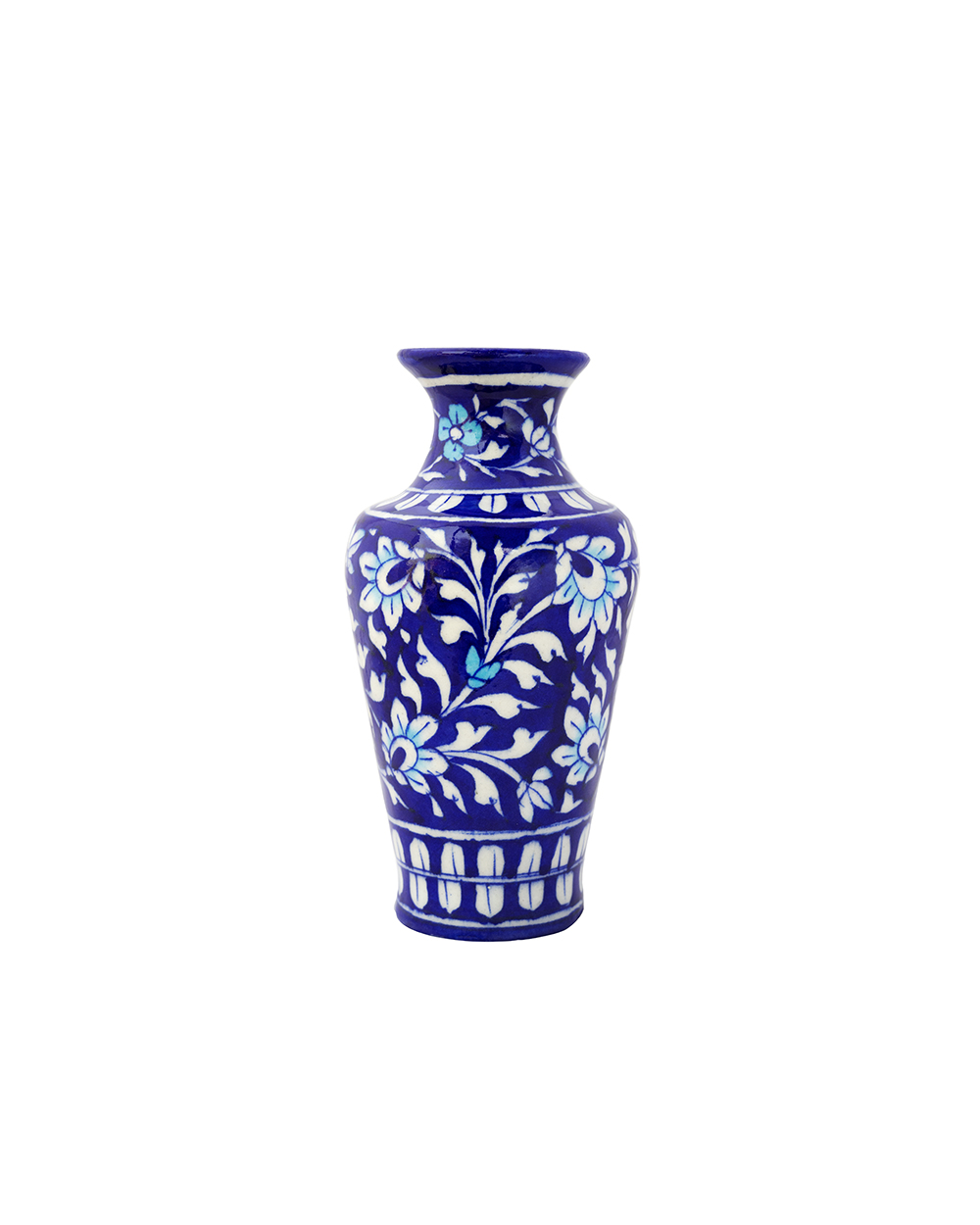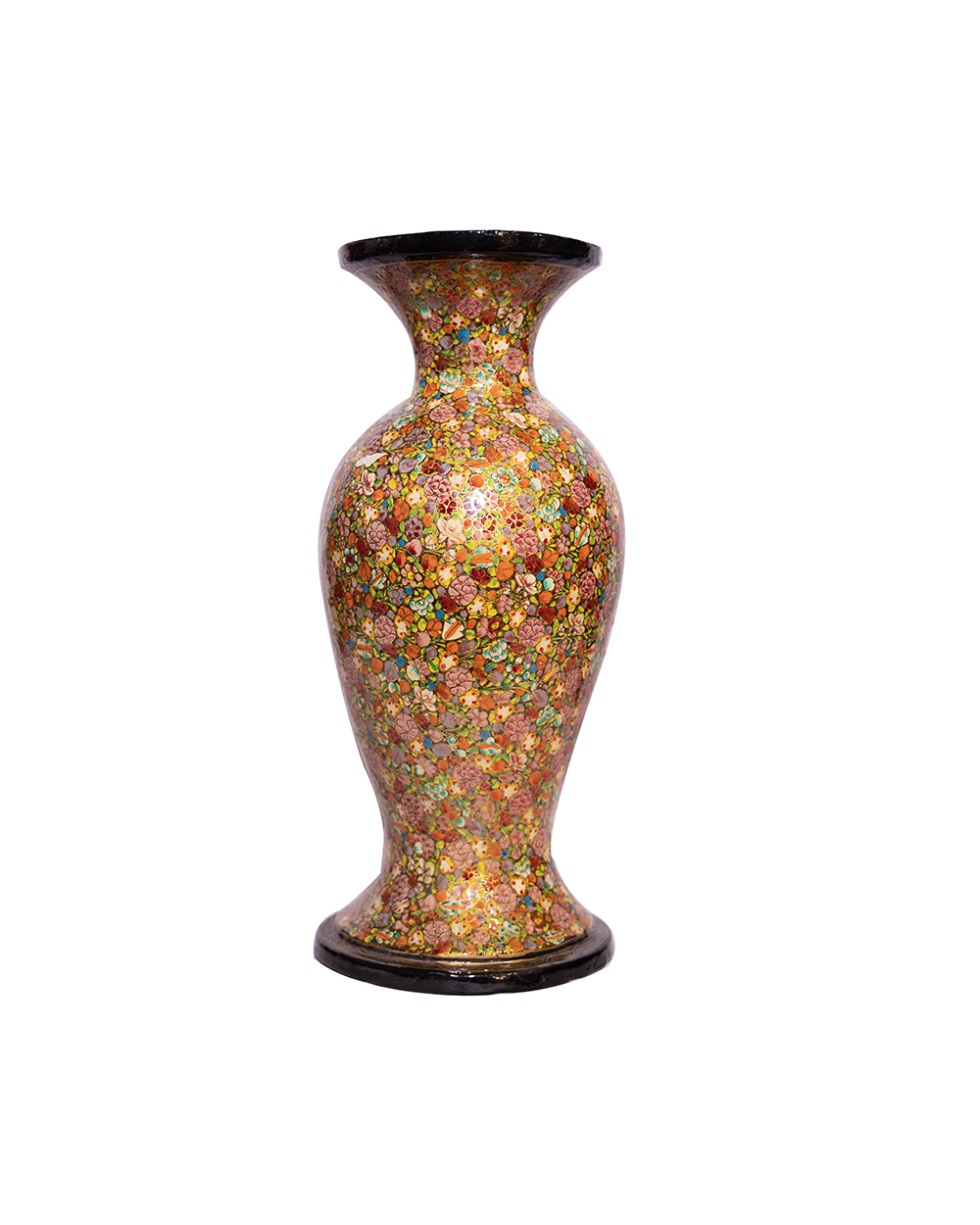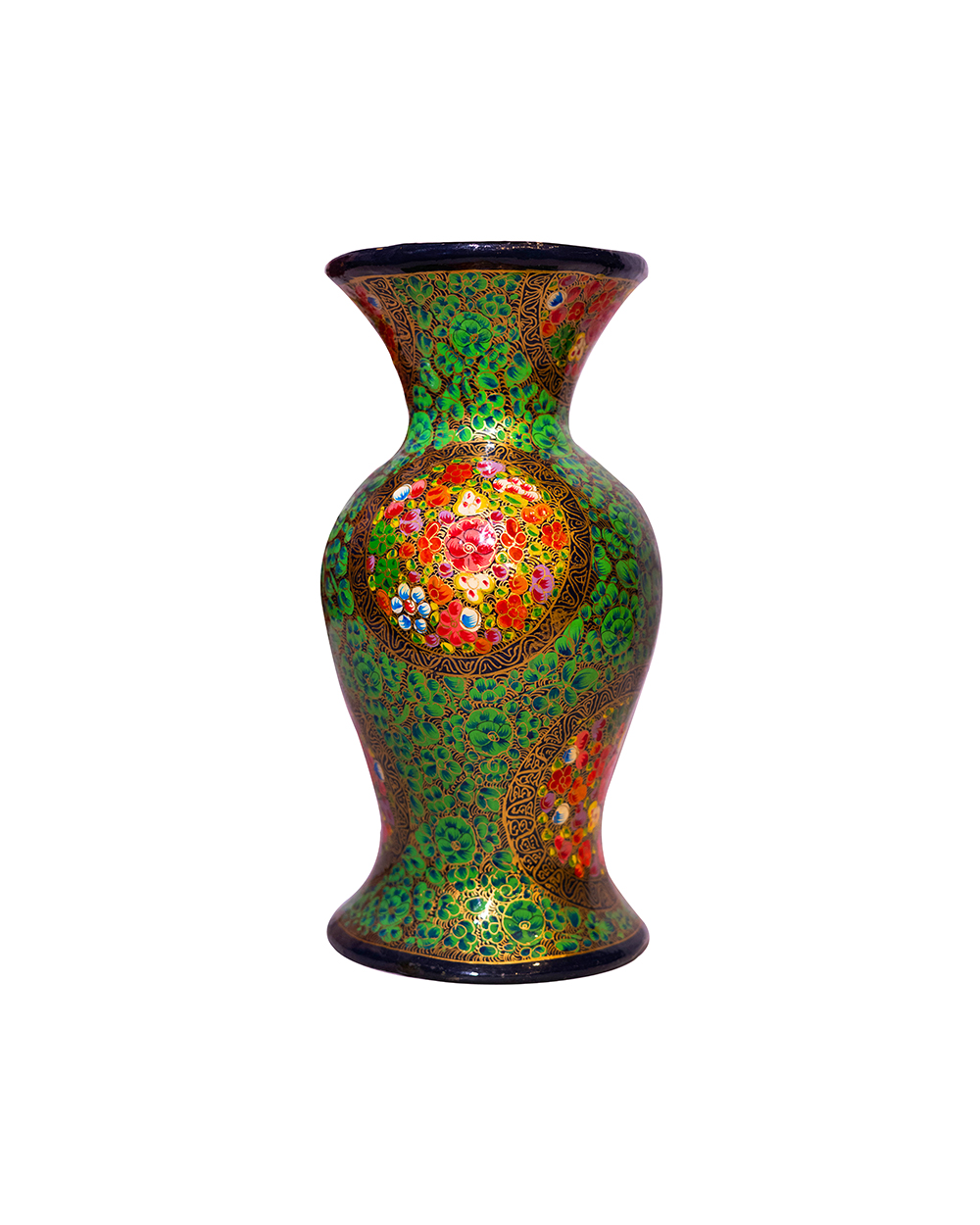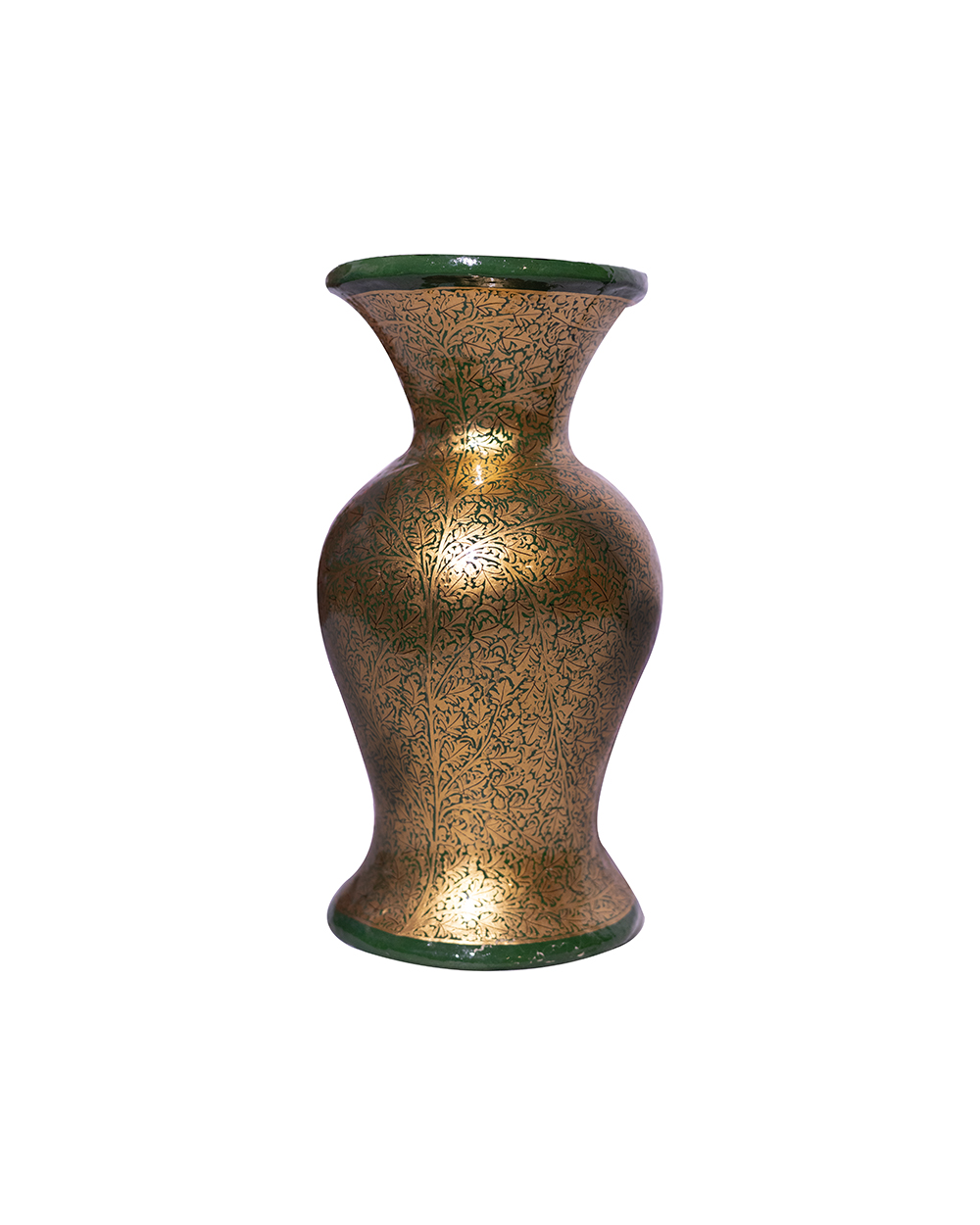Description
Handcrafted by skilled artisans using traditional techniques passed down through generations, our blue pottery collection showcases the rich cultural heritage of Rajasthan. Our blue pottery pieces are not only visually stunning but also durable and long-lasting. Each piece is meticulously hand-painted with floral motifs, geometric patterns, and traditional designs, adding a touch of elegance and charm to any space. Whether you’re looking to add a statement piece to your home decor or searching for the perfect gift for a loved one, our blue pottery collection offers something for everyone. From decorative plates and bowls to vases and coasters, each item is a testament to the craftsmanship and artistry of Rajasthan’s skilled artisans.


